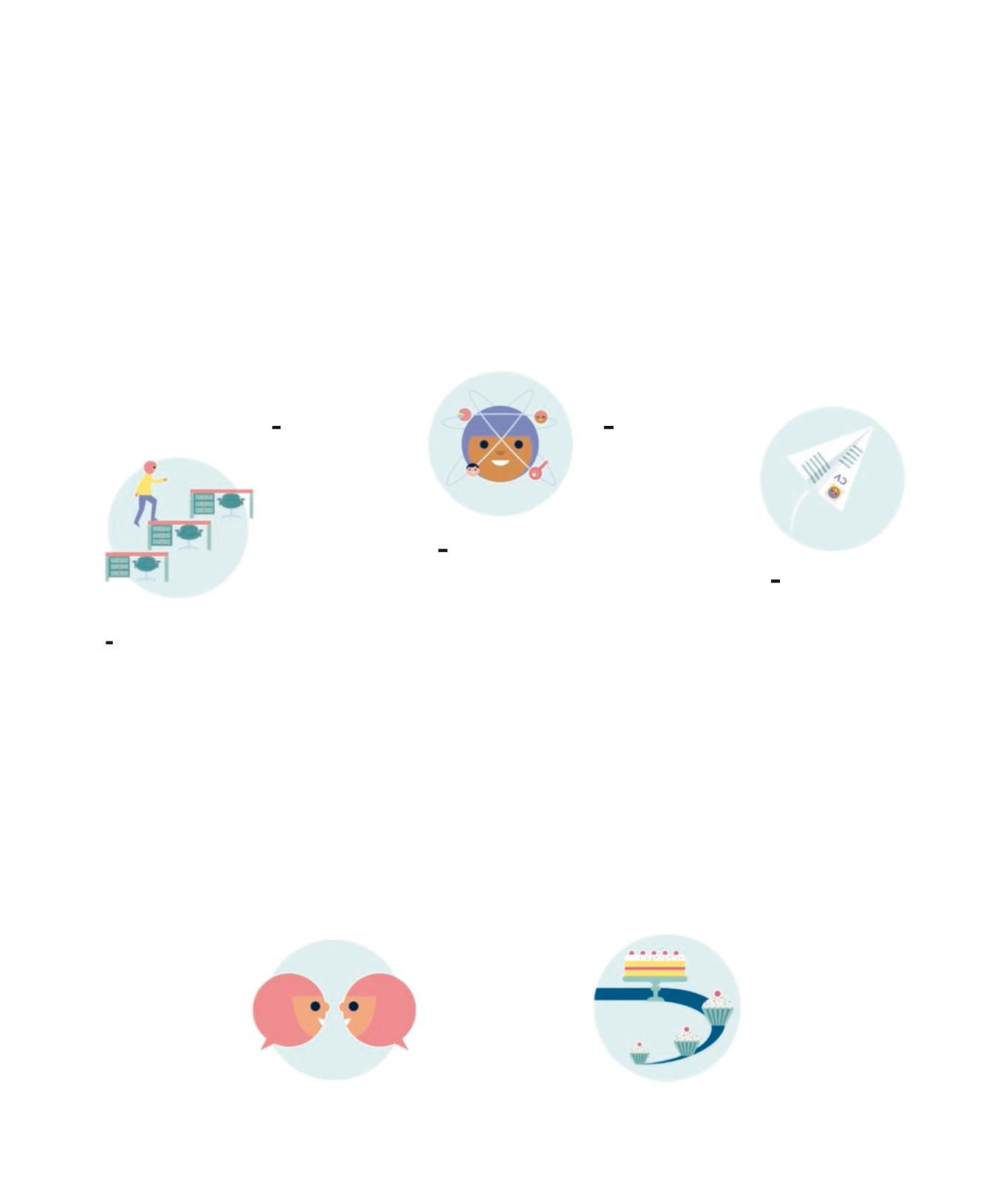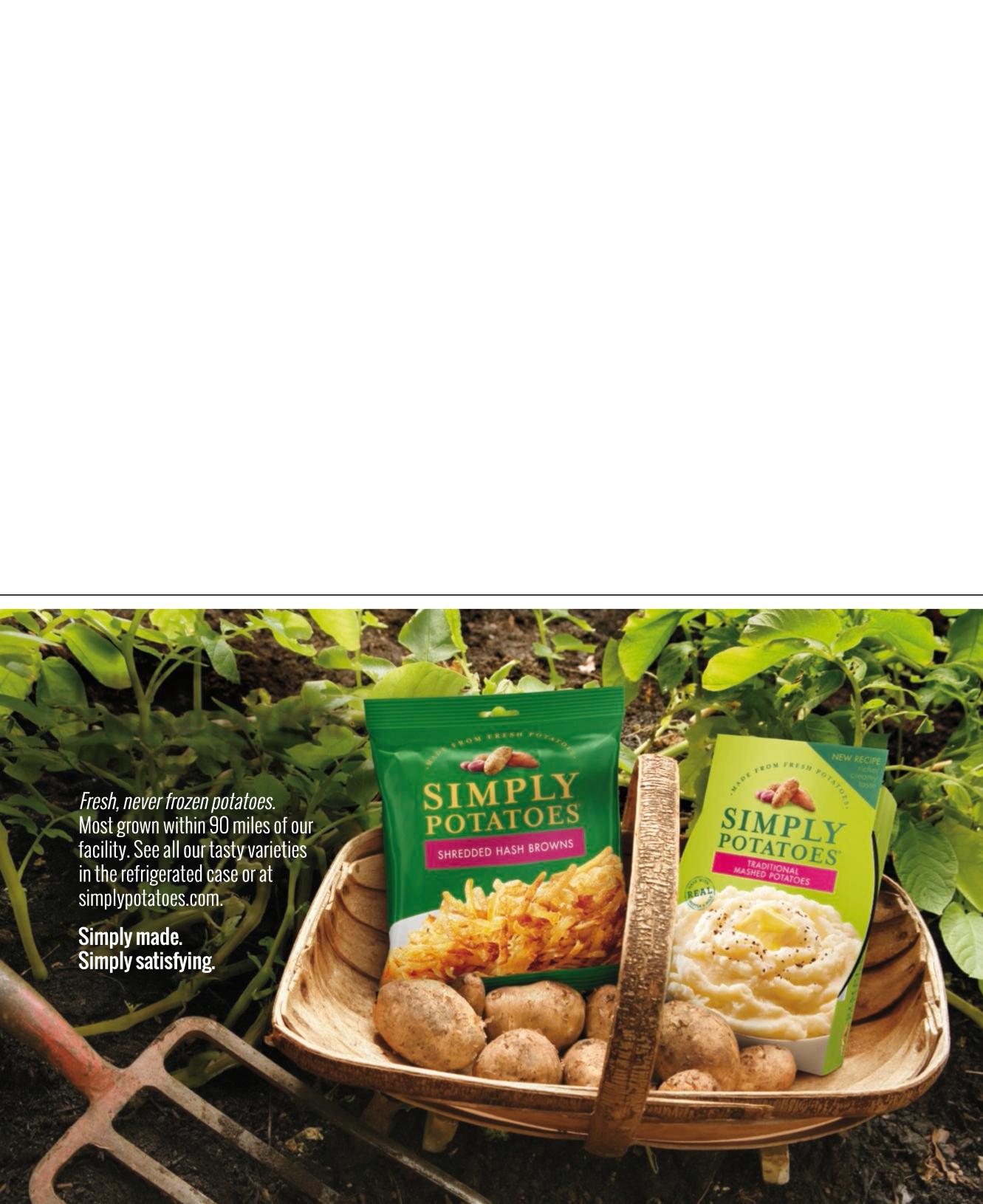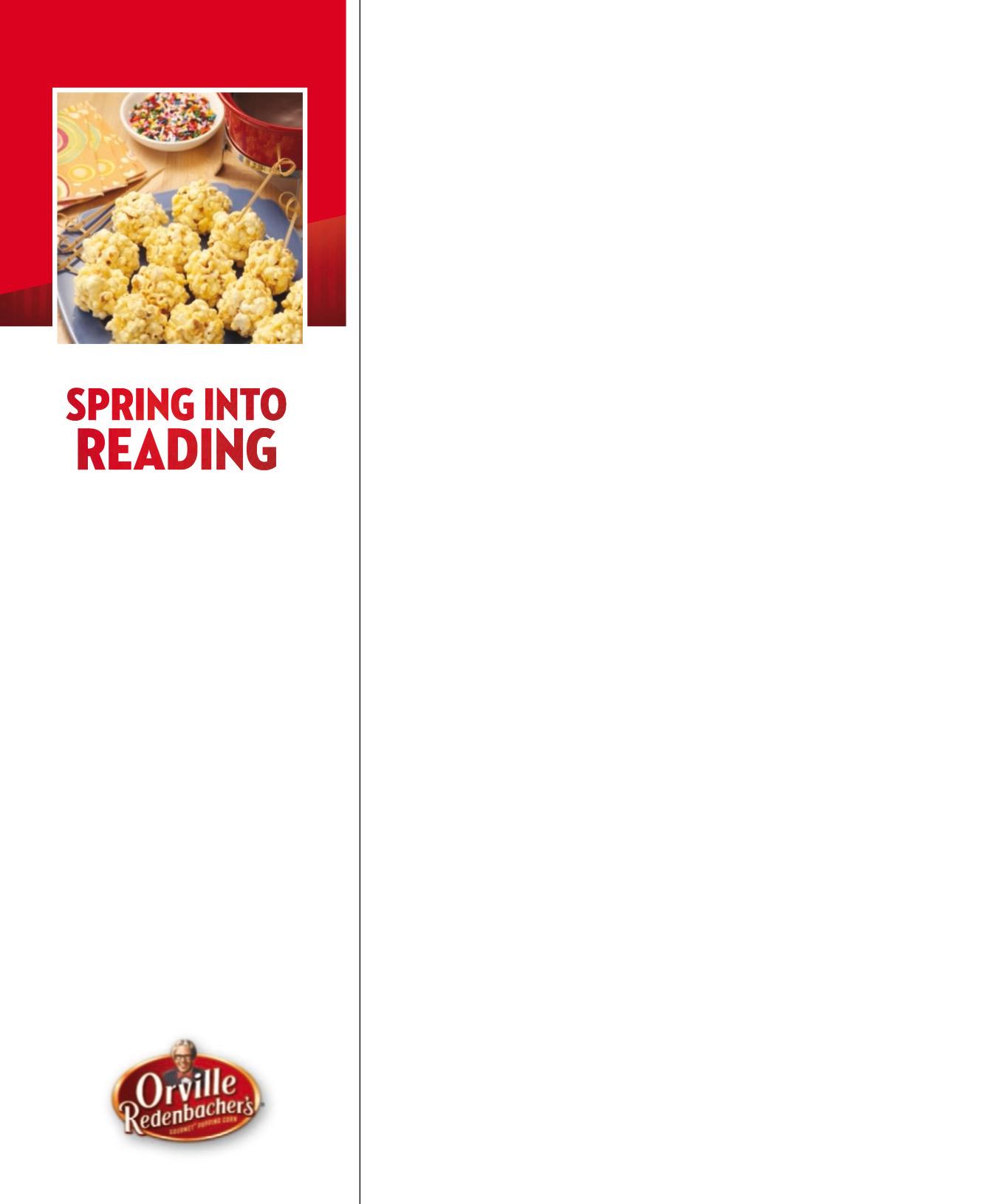
1 minute read
LITTLE HELPERS
from RS - March 2016
4 ingenious products to makeyour day easier
1 HEEL PROTECTORS
Advertisement
Don’t let nicks send your pumps into early retirement. Stick these virtually invisible scratch guards on the backs to hide (and prevent) scuffs. Just for Kiix, $10, nordstrom.com.
1
2 SUPERFOODS TABLET
No time to shop, chop, or blend? Plop a nutrient-rich supplement (featuring spinach, kale, and six other vegetables) into water for instant green juice. Tasty, too. $13, 8greens.com.
2
3 4
3 EASY-CLOSE OXFORD
Limited mobility (from arthritis, say) shouldn’t limit style. This magnetic-closure shirt takes the difficulty out of buttoning up. $65, magnaready.com.
4 DIMMABLE BULB
It’s like installing a dimmer switch on any fixture. Just flick the on-off switch to vary the brightness of the long-lasting LED Nanoleaf Bloom. $40, nanoleaf.me.
Written by Tanya Christian Photographs by Philip Friedman
Eco quandary
CONSIDERING THE BEECRISIS, IS IT BAD TO BUY HONEY?
Not at all! Since 2007, the United States has lost about a quarter of its beehives each year due to pathogens, parasites, pesticides, and poor nutrition. “Buying honey helps beekeepers offset the cost of maintaining colonies and keeping bees healthy,” says Christina Grozinger, Ph.D., the director of the Penn State Center for Pollinator Research. Opting for local varieties supports producers near you, but purchasing supermarket brands is OK, too, says Becky Masterman, Ph.D., the program director for the University of Minnesota’s Bee Squad, which promotes healthy bee populations. “Commercial companies are often cooperatives that buy regional honey from beekeepers,” she says.
Bees are responsible for more than just our honey supply. Up to a third of our food supply depends on the work of pollinators, such as bees. So how can you help combat the loss of beehives? In addition to supporting the beekeepers by buying honey, plant flowers as a food source for bees—and skip the pesticides.
—KAITLYN PIRIE











